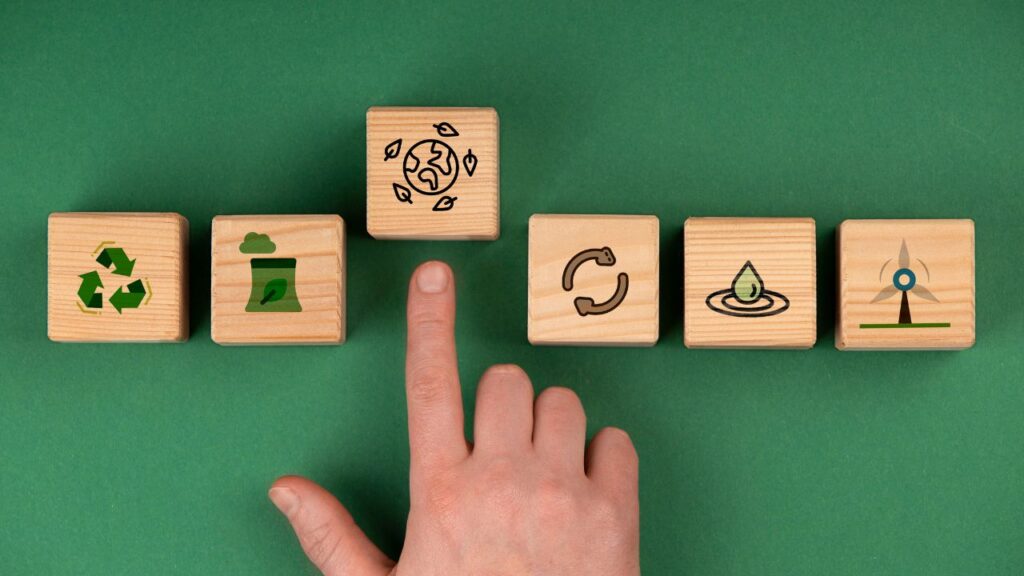Pappedeckel, which translates to “cardboard lid” in English, is more than just a small piece of packaging. It has become a symbol of eco-friendly choices in the food and beverage industries, daily life, and sustainable packaging alternatives. From coffee-to-go lids to protective coverings for storage containers, pappedeckel represents practicality with an environmentally conscious edge.
In 2025, conversations around sustainability have made pappedeckel a trending topic. Many businesses are moving away from plastic lids toward biodegradable or recyclable options. At the same time, consumers are showing strong support for products that combine convenience with environmental responsibility.
What is Pappedeckel?
A pappedeckel is essentially a lid or cover made of cardboard or thick paperboard. Unlike plastic counterparts, these lids are designed to be recyclable, compostable, or biodegradable. They come in different sizes, shapes, and designs, depending on their intended use.
Industries most commonly use pappedeckel in:
-
Coffee shops: To cover takeaway cups.
-
Food packaging: For soups, salads, and desserts.
-
Storage: Protecting dry goods or baked items.
Pappedeckel in Daily Life
The everyday presence of pappedeckel often goes unnoticed. Whether grabbing a quick coffee on the way to work or storing leftovers at home, cardboard lids play a functional role in ensuring safety and convenience.
In households, pappedeckel is increasingly used in DIY projects, crafts, and eco-friendly storage solutions. This adaptability makes it a practical yet sustainable choice.
Why Pappedeckel is Eco-Friendly
Pappedeckel stands out as a sustainable packaging option because:
-
Biodegradable: Naturally breaks down without harming the environment.
-
Recyclable: Can be reprocessed into new cardboard products.
-
Reduced plastic waste: Serves as an alternative to single-use plastics.
-
Renewable resource: Made from paper, which comes from managed forests.
These advantages make pappe-deckel a small but impactful step toward reducing carbon footprints.
Pappedeckel in the Food and Beverage Industry
Restaurants, cafés, and delivery services increasingly rely on pappedeckel for eco-conscious packaging. Coffee chains in particular have shifted toward cardboard lids as part of their sustainability commitments.
Additionally, pappe-deckel ensures:
-
Safety: Prevents spills during transport.
-
Hygiene: Protects food and beverages from contamination.
-
Convenience: Lightweight and easy to use.
This balance of practicality and eco-friendliness explains its rising demand.
Innovations in Pappe-deckel Design
The design of pappe-deckel has evolved to meet consumer needs. Modern innovations include:
-
Water-resistant coatings made from plant-based materials.
-
Custom printing for branding opportunities.
-
Heat-resistant designs for hot beverages.
-
Reusable versions crafted from sturdy cardboard.
These innovations prove that eco-friendly doesn’t have to mean compromising on quality.
Pappedeckel in Recycling Systems
Cardboard lids can be recycled along with other paper products. However, users must ensure they are free from excessive food residues or grease. Many cities now have special recycling bins for paper-based packaging, making it easier to dispose of pappe-deckel responsibly.
DIY and Creative Uses of Pappedeckel
Beyond packaging, pappe-deckel finds a second life in creativity. Some popular uses include:
-
Craft projects for children.
-
Coasters or table mats.
-
Small storage box lids.
-
Art supplies for model-making.
These creative applications reduce waste while encouraging sustainable living.
Challenges of Pappedeckel
While beneficial, pappedeckel faces a few challenges:
-
Durability: Less sturdy compared to plastic when exposed to liquids.
-
Cost: Production can be higher than conventional lids.
-
Availability: Not all regions have adopted it widely yet.
Despite these challenges, continuous innovation is making pappe-deckel more efficient and affordable.
Future of Pappedeckel in Sustainability
With global regulations pushing for reduced plastic waste, the future of pappe-deckel looks promising. Manufacturers are experimenting with water-resistant coatings, compostable inks, and heat-durable designs to make it even more versatile.
As consumers become more environmentally conscious, businesses are likely to expand their use of cardboard lids in packaging.
Consumer Role in Supporting Pappedeckel
Consumers play a vital role in promoting eco-friendly products like pappe-deckel. By choosing sustainable packaging, asking businesses for eco alternatives, and recycling responsibly, individuals can accelerate the shift toward greener solutions.
Conclusion
Pappedeckel may appear simple, but its impact on sustainability is significant. Replacing plastic lids it contributes to reduced waste, improved recycling, and eco-conscious branding. From coffee shops to households, its uses are expanding every day.
As innovation continues, pappe-deckel is set to become a mainstream packaging solution that balances functionality with responsibility. Its role in a greener future is undeniable, and both businesses and consumers stand to benefit from its widespread adoption.







